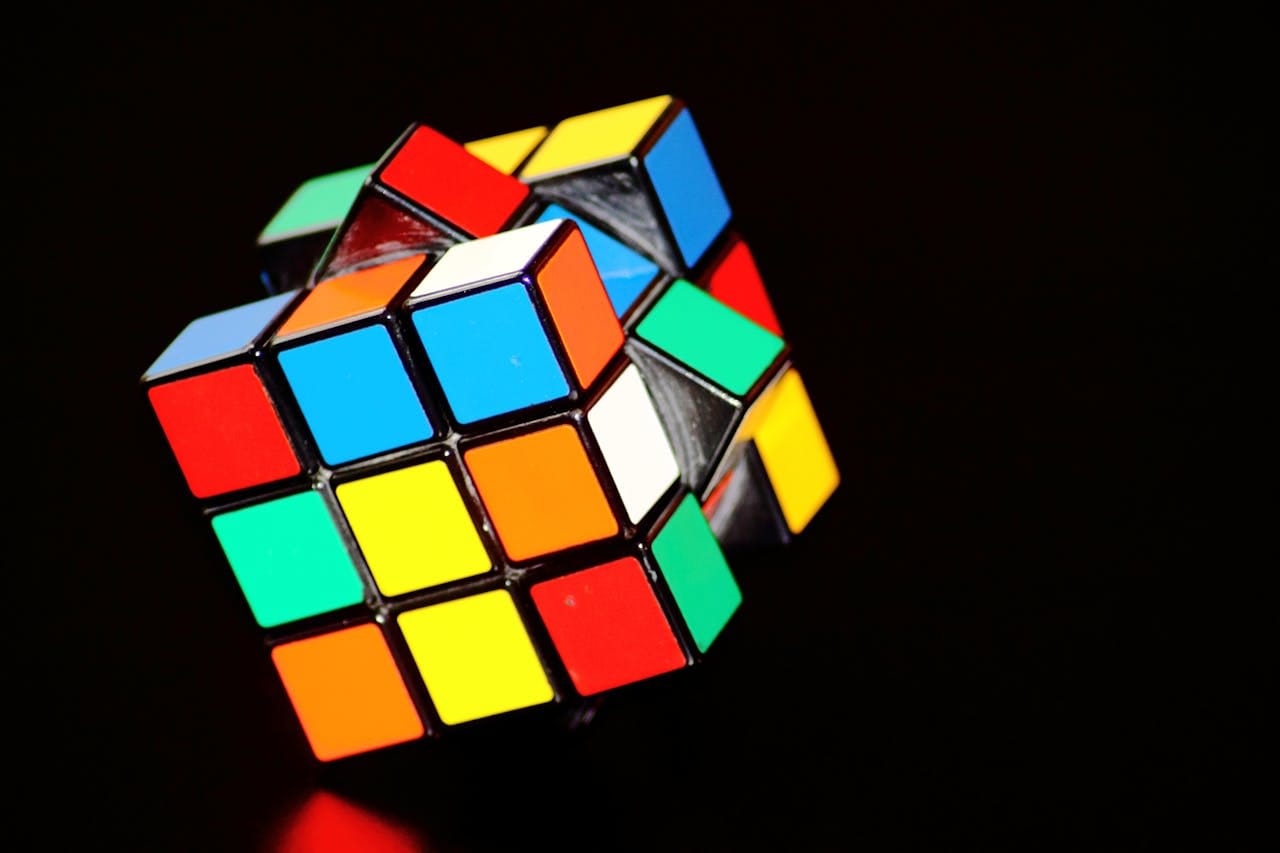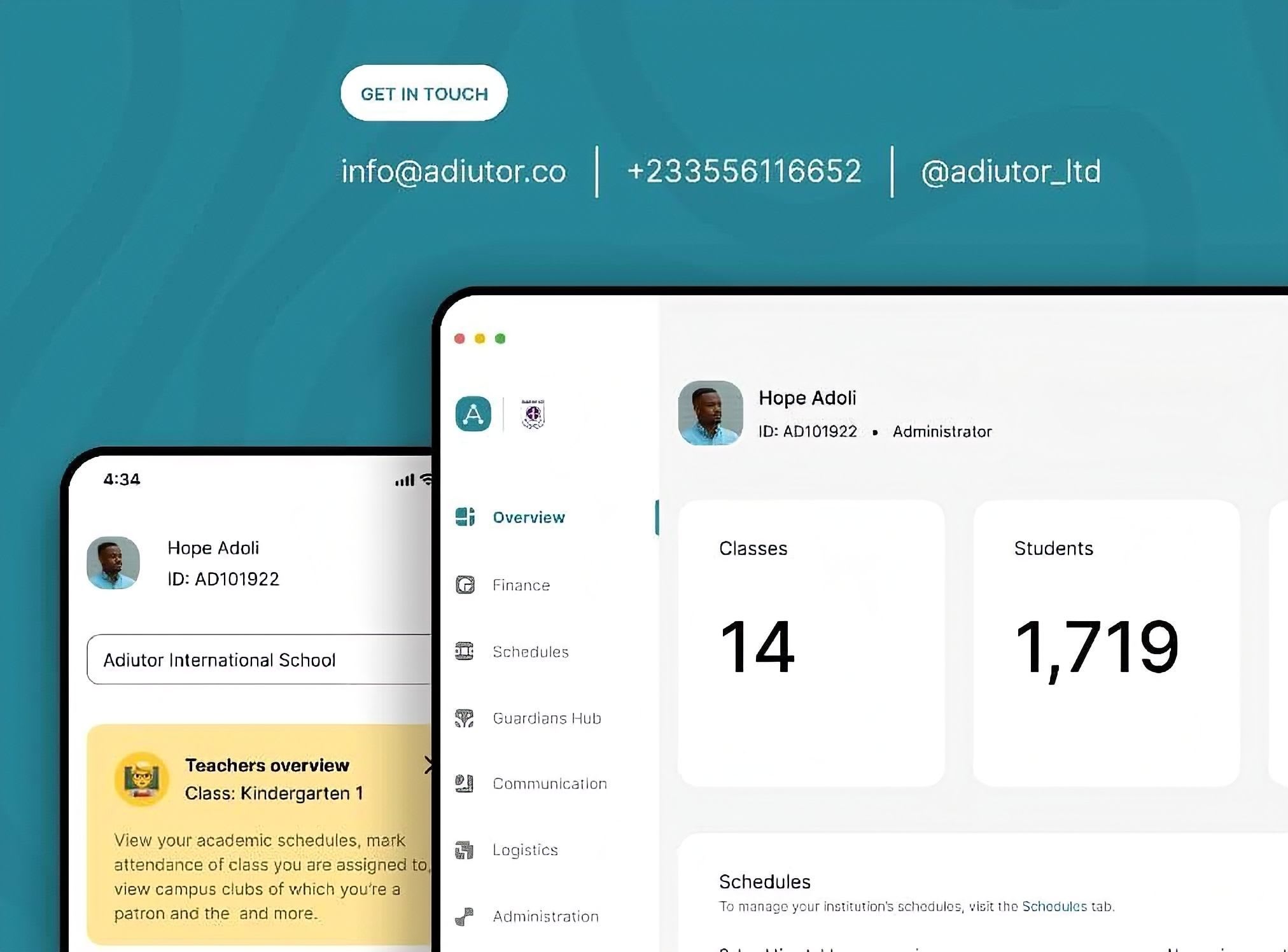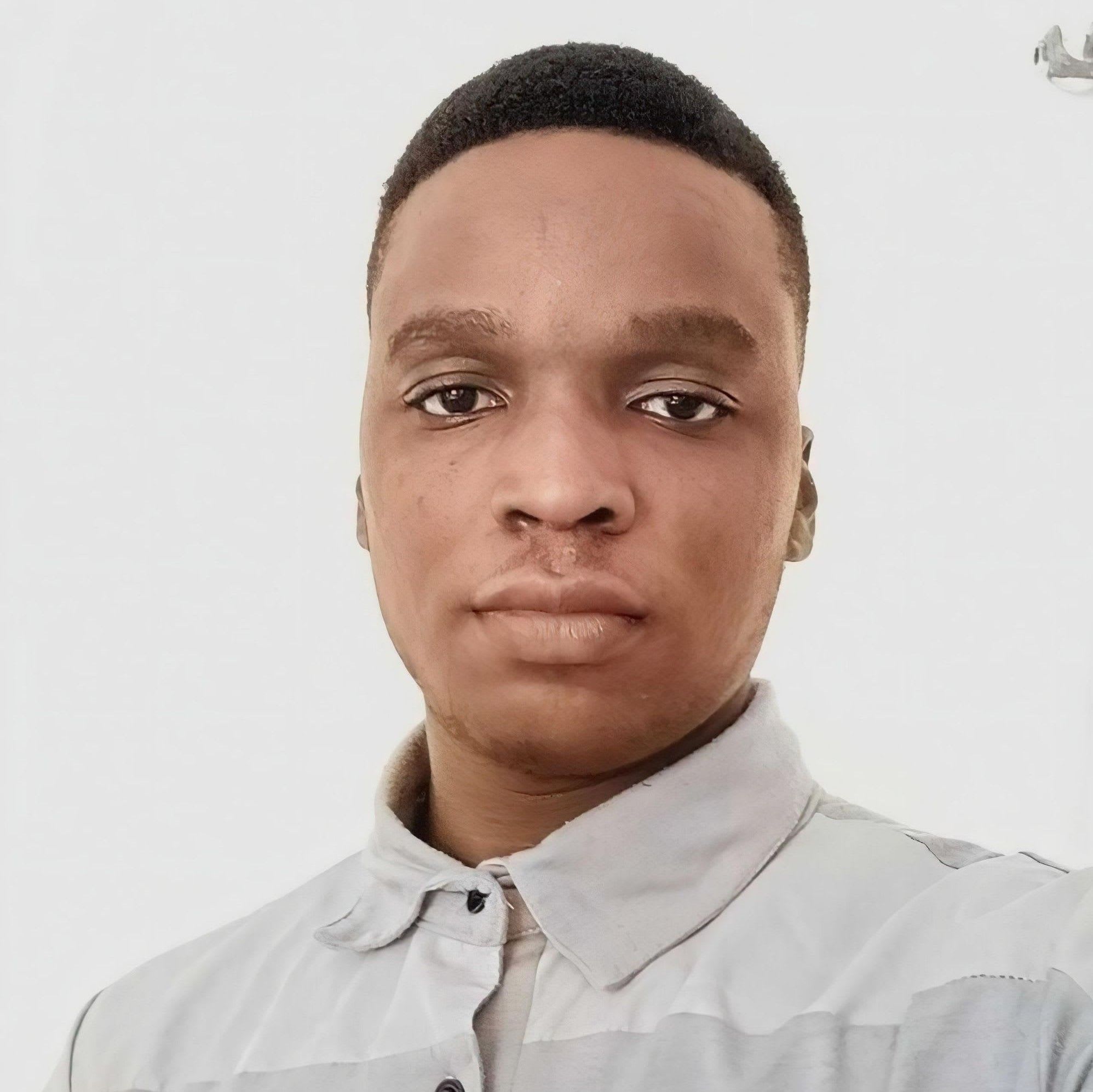Problem-Based Learning

Problem-based learning (PBL) is an instructional approach that shifts the focus from the usual lecture-style form of learning to active problem-solving. It throws students straight into the deep end mirroring real-world challenges. These challenges become the driving force behind their learning, pushing them to analyze, research, collaborate, and problem-solve in a way that feels more organic and meaningful.
How Does Problem-Based Learning (PBL) Work in Practice?
A well-designed PBL experience follows a structured process that ensures deep learning and engagement. While different institutions tweak the model to fit their needs, a typical PBL cycle follows this framework:
- Presenting the Problem: Students are introduced to a complex, real-world problem with no clear-cut solution. The problem must be open-ended, ambiguous, and challenging enough to stimulate inquiry.
A business school class is given a case where a tech startup struggles with employee burnout. Students must figure out what’s causing it and propose solutions. - Identifying What They Know (and Don’t Know): Students brainstorm what they already understand about the problem. They identify gaps in their knowledge—what do they need to learn to solve this problem effectively?
Medical students analyzing a patient’s symptoms may realize they need a deeper understanding of electrocardiograms (ECGs) before making a diagnosis. - Self-Directed Learning & Research: Students seek out information—through textbooks, research papers, expert interviews, or experiments.
Engineering students working on a sustainable energy project might explore case studies on solar energy efficiency. - Collaborative Discussion & Application: Students come back together to share their findings. They analyze different sources, challenge each other’s assumptions, and refine their understanding. This discussion helps develop teamwork, communication, and analytical skills.
- Developing & Presenting Solutions: Students propose solutions or action plans, explaining the rationale behind their choices. Depending on the field of study, they might present findings in a report, a prototype, a debate, or a simulated scenario.
A law class tackling a case study on intellectual property rights might prepare legal arguments to defend their client. - Reflection & Feedback: The cycle ends with a reflection phase, where students analyze what they learned and how they approached the problem. Instructors provide feedback to help students refine their critical thinking process.
After presenting their solution to the startup’s burnout issue, business students discuss what strategies were effective and what they would do differently.
Usually, PBL is customized to fit different educational settings:
- Small-group tutorials: Common in medical and law schools, where students work closely in teams with a facilitator.
- Project-based applications: Often seen in engineering and business schools, where students solve real-world cases over a longer period.
- Hybrid models: Some institutions blend PBL with traditional lectures, ensuring students have a foundational knowledge base before tackling complex problems.
What Makes a Good PBL Problem?
A great PBL problem should be realistic, engaging, and complex enough to require meaningful investigation. It must be something students care about; a situation that makes them stop and think, rather than something they can solve in five minutes with a quick Google search. A common mistake in PBL design is making problems too simple or too structured. If students can solve it with a single fact, there’s no real learning. At the same time, problems shouldn’t be so vague that students don’t know where to begin.
Students engage more when they see the real-world relevance of what they’re learning. Problems that connect to current events, industry trends, or social issues tend to spark more discussion and creativity.
For example, instead of asking “What are the causes of climate change?”, a more compelling PBL problem might be:
"Your city has just experienced record-breaking heat waves. As an environmental policy advisor, you must propose a plan to reduce urban heat islands while balancing economic and social concerns. What do you recommend?"
This problem does three things well:
- It feels real and urgent, making students more invested.
- It requires research and critical thinking—they must explore climate science, urban planning, and policy trade-offs.
- It has multiple possible solutions, allowing students to compare different strategies.
Aligning Problems with Learning Outcomes
Every PBL problem should be designed with specific learning goals in mind. Before creating a problem, educators need to ask:
- What skills should students develop? (Critical thinking, collaboration, decision-making?)
- What concepts should they learn? (Ethical reasoning, scientific principles, business strategy?)
- How should students demonstrate their understanding? (A presentation, a policy brief, a prototype?)
The Role of the Instructor in PBL
The role of the instructor shifts from teacher to facilitator. Instead of providing direct answers, the instructor models expert thinking by recognizing common misconceptions and using their expertise to steer students toward evidence-based conclusions without dictating the solution. They create opportunities for feedback throughout the learning process, allowing students to refine their ideas before presenting final solutions.
They also provide students access to resources such as case studies, expert interviews, or datasets.

Adiutor
Adiutor means "helper" - we do just that, by taking a load of your school administration and helping you focus on what matters most: the kids.
References
- Loyens, S. M. M., Kirschner, P. A., & Paas, F. (2011). Problem-based learning: Searching for the mechanism, the model, and the method. Educational Psychology Review, 23(1), 89–108.
- Dolmans, D. H. J. M., De Grave, W., Wolfhagen, I. H. A. P., & Van der Vleuten, C. P. M. (2016). Recent advances in problem-based learning: How do self-directed learning and motivation interact? Medical Teacher, 38(1), 1-7.
- Chung, E. K., Simpson, D., de Virgilio, A., Lopez, J., Maloney, S., & Tewari, A. (2018). Problem-based learning: Bridging the gap between medical education and clinical practice. Medical Education, 52(5), 490–499.
- Hmelo-Silver, C. E. (2004). Problem-based learning: What and how do students learn? Educational Psychology Review, 16(3), 235–266.
- Hung, W. (2011). Theory to reality: A few issues in implementing problem-based learning. Educational Technology Research and Development, 59(4), 529-552.
- Schmidt, H. G., Rotgans, J. I., & Yew, E. H. J. (2011). The long-term impact of problem-based learning: A review of the literature. Medical Education, 45(8), 792-806.
